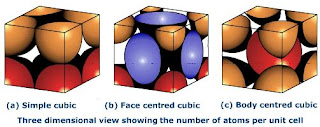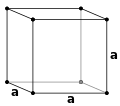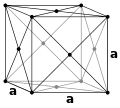MATERIAL SCIENCE AND ENGINEERING (AD 302)
Group A
Metal and alloys, ceramics, polymers and semiconducting materials—introduction and application as engineering materials.
Defects in solids:
Point, line and surface defects. Diffusion in solids.
Phase diagrams: Monocomponent and binary systems, non-equilibrium system, phase diagram and application in crystalline and non-crystalline solids.
Mechanical properties: Tensile strength, yield strength, elastic and viscoelastic properties, creep, stress relaxation and impact. Fracture behaviour. Ductile fracture, Griffith theory, effect of heat treatment and temperature on properties of metals.
Deformation of metals: Elastic and plastic deformation, slip, twin, dislocation theory, critical resolved shear stress, deformation in polycrystalline materials, season cracking, Bachinger's effect, strengthing mechanics, work hardening recovery, crystallisation and grain growth, cold and hot working.
Group B
Heat treatment:
Iron-carbon system. Annealing, normalising, hardening, critical cooling rate, hardenability, age hardening, surface hardening, tempering.
Thermal properties: High temperature materials, materials for cryogenic application, thermally insulating materials. (Specific heat, thermal conductivity, thermal expansion).
Ceramic materials and polymers:
Silicon structures, polymerism fraction in glass, electrical properties of ceramic phases, rocks, building stones, refractories.
Polymerisation mechanism:
structural properties of polymer, thermoplastics, thermosets, elastomer, resins, composites, particle and fibre reinforced composite. Composite material including nano material.
Electronic properties:
Magnetism, dimagnetism, paramagnetism, ferromagnetism, magnetic energy, zone theory of solids, zones in conductors and insulators.
Recommended Books
□ L A Vanblack. Elements of Material Science and Engineering. Addison-Wesley (Indian edition).
□ V Raghavan. Material Science and Engineering. Prentice-Hall of India (P) Ltd, New Delhi.
The above syllabus is taken from "http://trimurtuluamie.wetpaint.com/page/AMIE+-+SECTION++A++SYLLABUS". Please do refer to the same for further details











